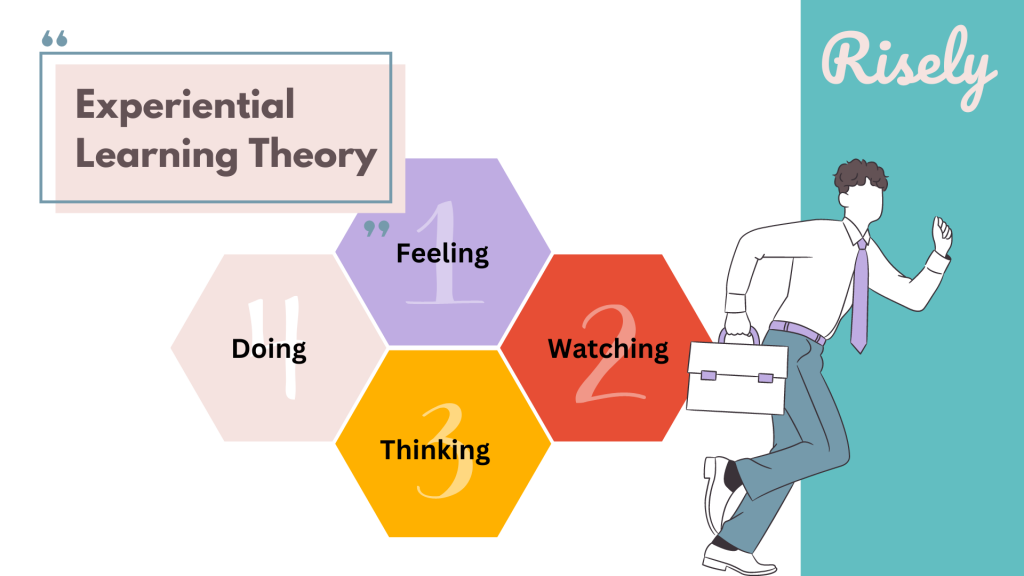IDENTIFY THE EMPLOYEES
The first step to identifying your employees' learning needs is to analyze the gap between the current and desired performance of your employees. You can use various methods to collect data, such as surveys, interviews, observations, performance reviews, feedback, and self-assessments.
Examples of learning needs
- IT skills,
- communication skills,
- complaint/conflict handling skills,
- problem-solving skills and lots more.
- Attitudinal shifts and Attitudinal Learning
- re-examining our values and beliefs.
There is a learning need if there is a gap between the knowledge, skill, or behavior of an individual and those required to carry out their job. A gap may occur because a job is evolving or because the person lacks the required expertise.
There are 4 predominant learning styles: Visual, Auditory, Read/Write, and Kinaesthetic. While most of us may have some general idea about how we learn best, often it comes as a surprise when we discover what our predominant learning style is.
A training needs analysis (TNA) is an essential first step in designing any training program.The TNA helps to identify the specific skills and knowledge that employees need to be successful in their jobs. It can also help to identify any areas where employees need improvement(Fritz and Hosemann 2000)
Reference
There is a learning need if there is a gap between the knowledge, skill, or behavior of an individual and those required to carry out their job. A gap may occur because a job is evolving or because the person lacks the required expertise.
There are 4 predominant learning styles: Visual, Auditory, Read/Write, and Kinaesthetic. While most of us may have some general idea about how we learn best, often it comes as a surprise when we discover what our predominant learning style is.
A training needs analysis (TNA) is an essential first step in designing any training program.The TNA helps to identify the specific skills and knowledge that employees need to be successful in their jobs. It can also help to identify any areas where employees need improvement(Fritz and Hosemann 2000)
Reference
Fritz, S. and Hosemann, D. (2000) “Restructuring the Credit Process: Behaviour Scoring for German Corporates”. Intelligent Systems in Accounting, Finance and Management [online] 9 (1), 9–21. available from <https://doi.org/10.1002/(sici)1099-1174(200003)9:1<9::aid-isaf168>3.0.co;2-q>



Wonderful Blog! So simple and we can understand that identifying the employees is a really big challenge!
ReplyDeleteThank you Amesha,skillful and knowledgeable employee is a asset to the company.
DeleteAgreed. Also by continuously evaluating the training needs of employees, organizations can adapt their training programs to meet evolving demands, ensuring that employees remain equipped with the skills and knowledge needed to excel in their roles.
ReplyDeleteThank you Arundathi,as you said continuesly evaluating the training needs should meet evolving demands.
DeleteArticle gives us the method can be implemented when searching for employee training needs. As organization you should look out for employee training needs. You tube video highlight not only the technical skills, there should be people's skills need to look at engagement with other employees, communication, leadership and team work, problem solving and time management.
ReplyDeleteI agreed with you Sudesh.People skills develop with communication , team work and talent visionary leadership.
DeleteAn informative article Dr. Aruna. A Training Needs Analysis(TNA) helps to identify the specific skills and knowledge that employees require for them to develop. For example, the skill gaps could be identified by this process, thereby helping the employees to develop themselves according to the specific skills required.
ReplyDeleteYes ,Judith, TNA helps to identify the specific skills and knowledge which require for them to develop.
DeleteWOW, Doctor Ture Employees who take part in training and development programmes show that they want to learn and grow. This information can help HR find workers who are interested in their jobs and could move up in the company.
ReplyDeleteAnalyzing performance gaps is key to identifying employees' learning needs. Methods like surveys and interviews gather data effectively. Examples of needs include IT skills and communication abilities. Understanding learning styles aids in designing training. Conducting a TNA pinpoints required skills for success, guiding tailored training.
ReplyDeleteIdentifying employees' learning needs is pivotal for enhancing both individual performance and organizational effectiveness. The array of methods detailed in this article serves as an invaluable resource for any organization seeking to pinpoint knowledge gaps among its workforce, providing a solid foundation for improvement initiatives.
ReplyDelete